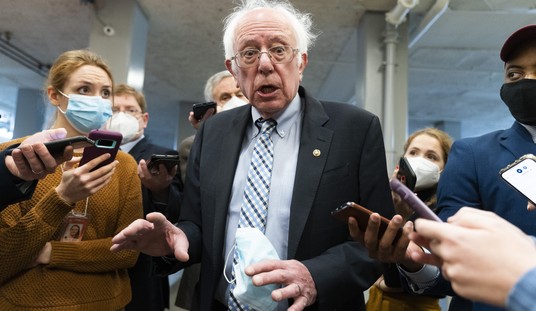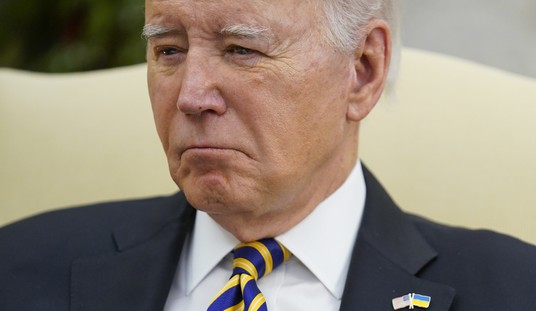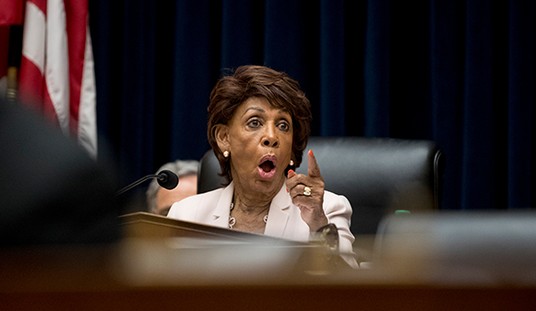The idea was to ban the construction of new fast-food outlets in South Central Los Angeles, in order to save the local inhabitants from their own worst culinary impulses. So how did that work out?
The South Los Angeles fast-food ban did not decrease obesity in poor neighborhoods because residents found unhealthy food at restaurants in strip malls and convenience stores instead, a new study has found. In 2008, a dietary ordinance targeted a 32-square-mile area south of Interstate 10 that struggles with high obesity rates and other health problems. The ban went into effect in South Los Angeles and restricted the opening or expansion of standalone fast-food restaurants.
However, the law, believed to be the first effort of its kind by a major city to improve public health, did not ban new fast food restaurants in strip malls. This made it possible for unhealthy food to continue making its way into the low-income neighborhoods.
Roland Sturm, a senior economist at RAND Corporation and lead author of the study, said findings should not come as a surprise, as most food outlets in the area are small food stores or restaurants that have limited seating and were not affected by the policy.
In the study, which was published in the Social Science and Medicine journal, Sturm found that in the targeted area, free-standing restaurants were rare to begin with and no new ones have opened since the ordinance took effect. These standalone fast-food restaurants are outnumbered by restaurants in strip malls and small food stores, such as convenience stores, which were not restricted by the ban, according to NPR.
It’s certainly true that if in the extremely unlikely event a denizen of Beverly Hills or the West Side were to drive through the intersection of Florence and Normandie (the epicenter of the Rodney King riots), the frightened white person would see fast-food joints as far as the eye can go, with nary a Whole Foods or a Starbucks (the nearest one appears to be at Slauson and Western) in sight.
But it’s also typical of lefty “do-gooderism” that a law purportedly meant to ban more occasions of gustatory sin was so poorly written that it had no ameliorating effect whatsoever; in fact, it probably made things worse. Kind of like Obamacare, although far less malevolent.
Findings showed that before the dietary ordinance went into effect in 2008, 63 per cent of residents in the area reported being overweight or obese compared to 57 per cent in other parts of the county. But three years on, instead of the law curbing weight gain, the opposite trend took force as obesity rates grew by 12 per cent in South Los Angeles.
‘The South Los Angeles fast food ban may have symbolic value, but it has had no measurable impact in improving diets or reducing obesity,’ said Sturm.
Nice work, everybody.







Join the conversation as a VIP Member